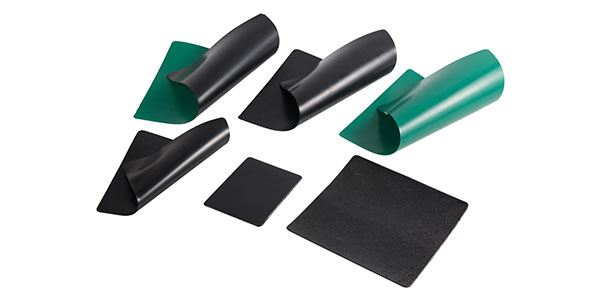When it comes to choosing the best thickness for a pond liner, there are several factors to consider. The thickness of the liner plays a crucial role in determining its durability, longevity, and ability to withstand environmental factors. Pond liners are available in various thicknesses, including 1mm, 0.5mm, and 2.5mm HDPE (High-Density Polyethylene) liners, each with its own set of advantages and considerations.

1mm Pond Liner:
A 1mm pond liner is a popular choice for small to medium-sized ponds. It offers a good balance between affordability and durability. This thickness is suitable for ponds that are not exposed to sharp objects or heavy wildlife activity. While 1mm liners are relatively thin, they can still provide adequate protection against punctures and UV exposure. However, for larger ponds or those with more demanding conditions, a thicker liner may be more suitable.
0.5mm HDPE Liner:
A 0.5mm HDPE liner is considered a lightweight option, suitable for temporary or small-scale pond projects. It is more susceptible to punctures and tears compared to thicker liners, so it may not be the best choice for long-term or high-traffic pond environments. However, for short-term applications or situations where cost is a significant factor, a 0.5mm liner can still provide basic waterproofing and containment.
2.5mm HDPE Liner:
On the other end of the spectrum, a 2.5mm HDPE liner is a heavy-duty option designed for larger ponds or those with more demanding conditions. This thickness offers superior puncture resistance and UV stability, making it suitable for ponds with rocky terrain, heavy wildlife activity, or prolonged exposure to sunlight. While 2.5mm liners may come at a higher cost, they provide long-term reliability and peace of mind for pond owners.
What Thickness Pond Liner is Best?
The best thickness for a pond liner ultimately depends on the specific requirements of the pond and the budget of the pond owner. For small to medium-sized ponds with minimal wear and tear, a 1mm liner can offer a good balance of cost-effectiveness and durability. However, for larger ponds or those with more challenging conditions, investing in a 2.5mm HDPE liner can provide added protection and longevity.
It’s important to assess the potential risks and environmental factors that the pond liner will be exposed to. Factors such as wildlife activity, water depth, and the presence of sharp objects should all be taken into consideration when selecting the appropriate thickness. Additionally, considering the long-term maintenance and replacement costs can help determine whether a thicker, more durable liner is a worthwhile investment.
In conclusion, the best thickness for a pond liner is a decision that should be based on the specific needs and conditions of the pond. While thinner liners may be suitable for certain applications, thicker liners offer enhanced protection and longevity, making them a valuable investment for ponds with more demanding requirements. By carefully evaluating the factors at play, pond owners can make an informed decision to ensure the optimal performance and longevity of their pond liners.
Post time: May-24-2024